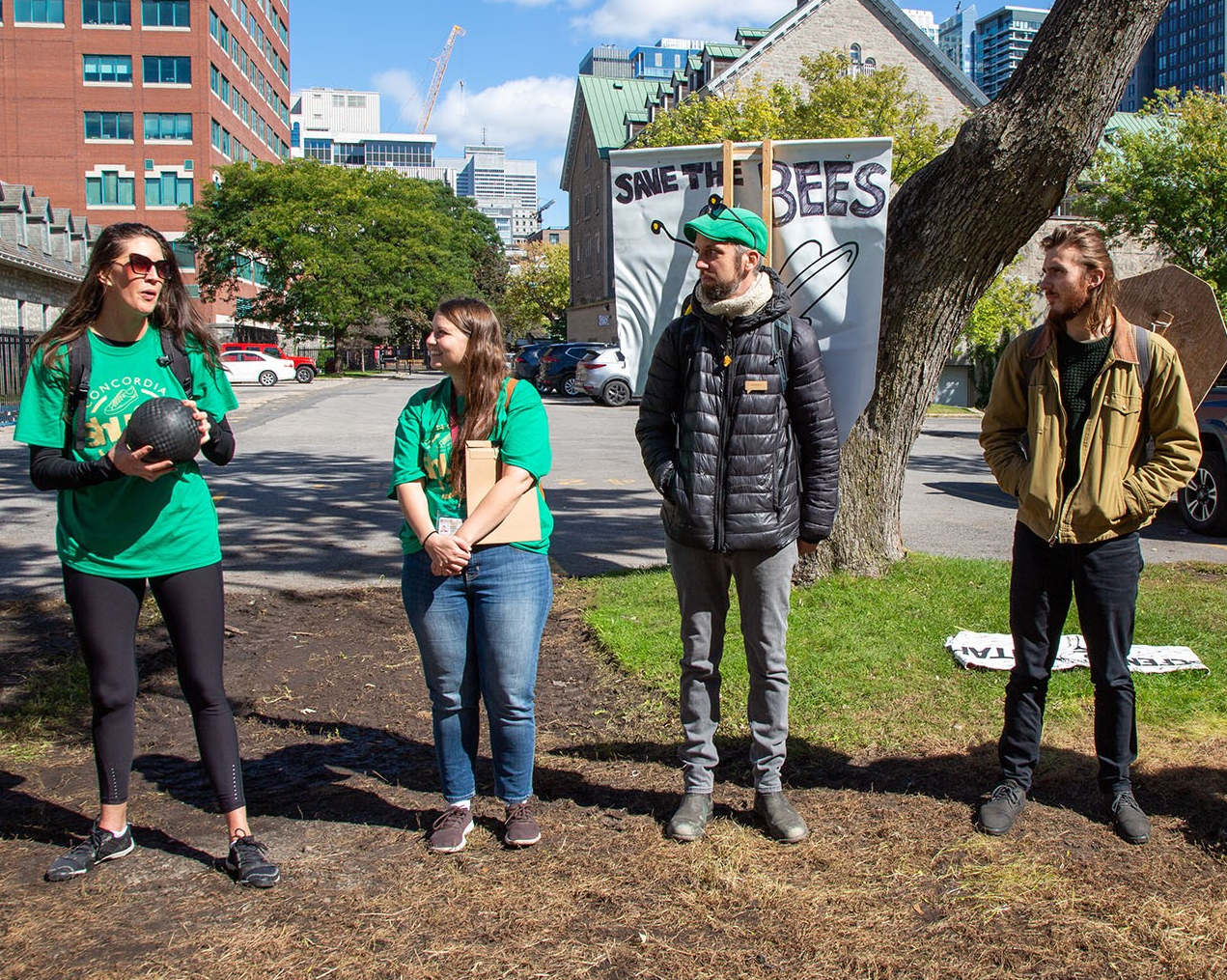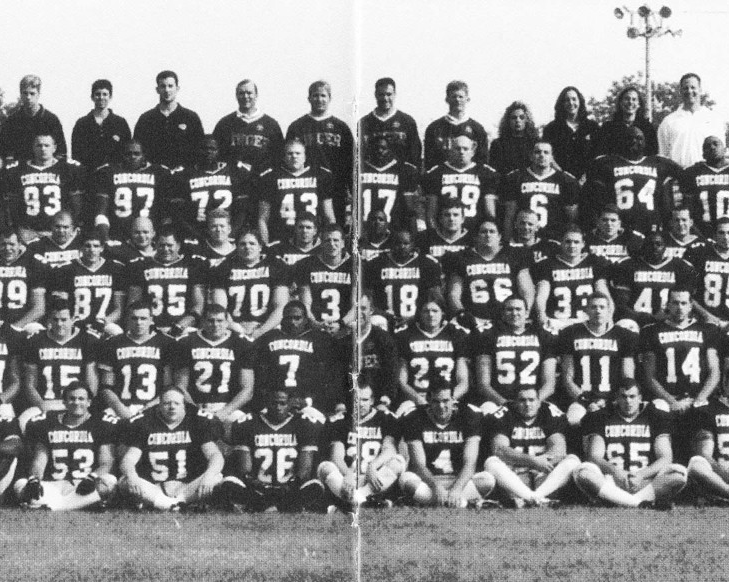Coincidentally, Schwebel’s exhibition also explores similar themes affecting the same neighbourhood. His exhibit, The Ground, was housed in the Kreuzberg Pavillon.
A conceptual artist, Schwebel says his art doesn’t start with a material process; instead, he uses the institution he sets up in as his raw material, as well as a springboard from which to explore relational systems at play in contemporary art.
“It was exciting and unexpected to be nominated. As an artist, you can work for years without ever really being recognized, so I felt honoured,” he says. The work itself, explains Schwebel, involved the reconstruction of the floor in the exhibition space.
“Kreuzberg Pavillon is one of several precarious, self-organized project spaces that exist in the city. I was hoping to emphasize this notion of permanent precarity through my exhibit, while also exploring the way artists are implicated in gentrification.”
He notes there’s an irony with Berlin, in that the massive influx of artists in the ’90s helped give the city its trendy reputation, making it more desirable and lending to the process of gentrification. Yet, this same community of artists and fringe folk, who helped bring value to the city, are no longer being accommodated by it.
While Schwebel’s previous works have considered political contexts, it was new territory for Fassler, who says her portfolio is largely apolitical.
“This was the first time I interacted with community players and took a political stance, I usually just observe. It’s marked a development in my practice, one which I’ll continue during my next project, which looks at Manchester in the States, a city devastated by the opioid crisis.”
Keeping connected
Both artists say their time at Concordia was formative, and among the most rewarding aspects of their studies were the connections they forged during their studies, and maintain to this day.
“I had such an amazing, dynamic peer-group – we really pushed each other,” says Fassler, who has remained in contact with many of the friends she made during her undergraduate degree, as well as professors, whom she still considers mentors.
“If I had compared undergrad to my masters in London — which was far more concerned with the market and placing yourself in galleries — I’d say I had a better art education at Concordia because it was really about being an artist and not gallery sales — that resonates.”
Schwebel reiterates Fassler’s sentiments and says some of the courses he took during his undergraduate years proved to be quite influential in his development as an artist. “There were many memorable classes, and I was exposed to important artists and a great community,” he says. “I still keep in touch with many people I studied with at Concordia.”


 Forms of Brutality (detail), by Larissa Fassler
Forms of Brutality (detail), by Larissa Fassler
 The Ground, by Joshua Schwebel, BFA 06
The Ground, by Joshua Schwebel, BFA 06


